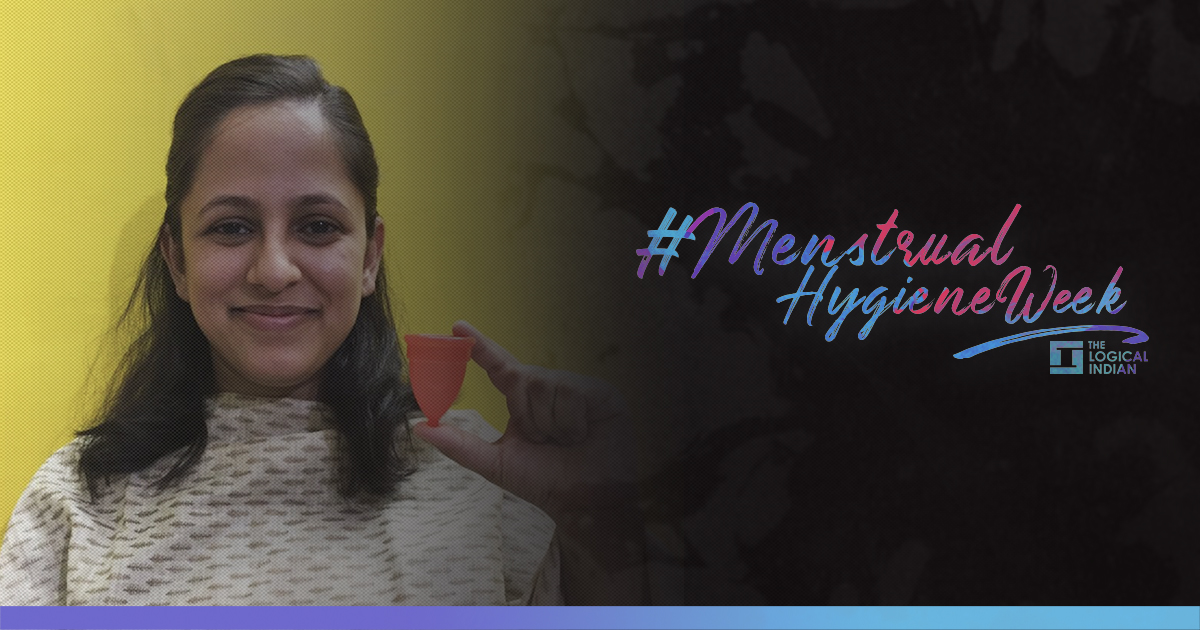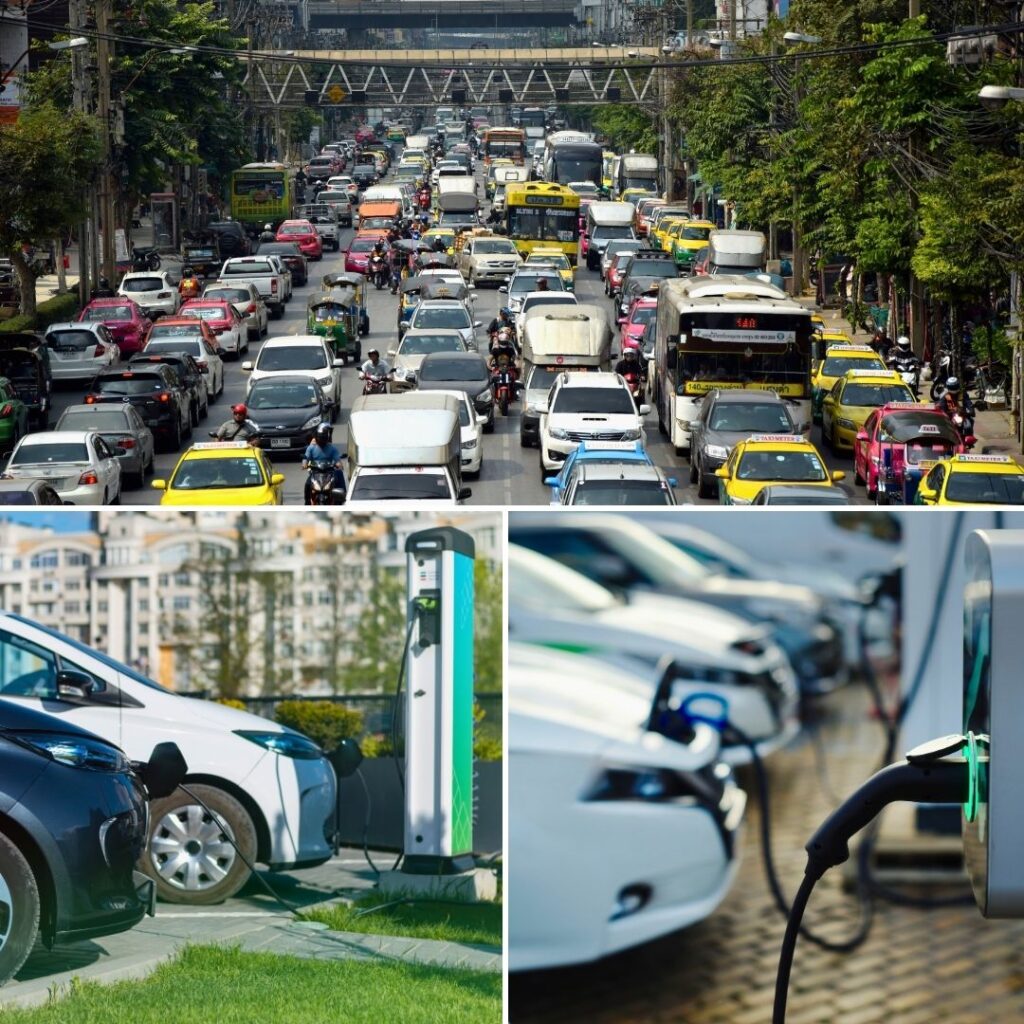As World Menstruation day approaches us on May 28th, the topic may be out in the open but the stigma remains in the society as a whole. #MenstrualHygieneWeek is a campaign by The Logical Indian to create awareness, ask pertinent questions, get answers and bust myths.
To say that gender disparities is a critical issue in our country would be an understatement. Women and girls comprise half the nation’s population and yet they are the ones who are continuously being marginalised in the areas of health, education and livelihood.
In our normal lives, the relationship between women and their periods has multiple shades. I was 13 when I first got my periods. My grandmother prohibited me from entering the kitchen, gave me separate utensils to eat in and forbade me from going to the temples or near the holy idols.
During my hostel days in college, girls shared various hysterical period stories. Apparently, it was a tradition in Odisha to give gifts to the girls when they first bled. At my first workplace, a colleague shared how she had to shower immediately after getting her period, no matter what time of the day and weather. Thankfully the city she is from, Kolkata was kind to her and almost had no winters.
Last year during my internship in Mumbai, I interacted with women from slums in Govandi who were fighting with the local representatives for the installation of a free-of-cost public toilet. They shared how they were forced to use the landfills during periods which resulted in diseases.
The cultural taboos, superstitions and myths associated with menstruation are not new, they are compounded by the restrictions imposed by society plus the huge void of information, misinterpretation and access. However, very little is being done to combat this problem, especially when the dignity and agency of women are at stake. According to a report by Dasra, there are over 355 million menstruating women and girls in India, but there are millions of women still has no access to a comfortable and hygienic menstrual health management.
In the last three years, I have seen numerous social enterprises and non-profits that are engaging women in self-help groups towards manufacturing sanitary napkins. With the story of Arunachalam Muruganantham on multiple forums, the movie ‘Padman’, the documentary ‘Period. End of Sentence’ and alike, the mainstream media have succeeded in highlighting the issue nationally. However, their myopic views seem to be missing a lot of aspects related to hygiene, economics and sustainability.
Speaking from experience of women around me, on an average a woman menstruates for 40 years and consumes around 4 Lakh worth of sanitary pads. According to a report by NDTV, only 50% of menstruating women have access to sanitary pads. Hence, around 125 million women are generating 113,000 ton of menstrual waste every year. If you are a woman, imagine the first pad you ever used as a teenager still existing on the planet. How does that make you feel?
While using sanitary pads most women dispose them off wrapped in plastic/paper bags, often with the other waste of the house. Given that sanitary pads are 90% plastic, it makes disposing of them even more difficult. In India, we don’t even have comprehensive and consistent waste segregation methods for our daily waste. Access to safe, secure and hygienic means to manage the menstrual waste is a far-fetched dream.
I met Sonal Jain, Co-Founder of Boondh Cups during my Jagriti Yatra in January 2017. She spoke to me about Boondh Cups, which is made with medical grade silicone, a material which doesn’t absorb toxins thereby making it more hygienic than other menstruation alternatives. One menstrual cup lasts for up to 10 years, also making it more cost-effective. This is where I found hope – to think about my body, my health and sustainability. It will be a year in June 2019 since I ‘cupverted’, after a lot of research on using the menstrual cup and with a lot of support from my friends.
Why did it take me over a year to take the plunge?
- The biggest reason was fear. I was afraid to put a foreign entity into a delicate part of my body.
- There were no women in my immediate circle who had even heard about this product, let alone using it.
- There was no strong urge to get over the comfort of using disposable pads. Environment and sustainability were not a priority.
What Changed?
- Since I had purchased the cup in a fit of inspiration, it was a constant reminder of investment which I wasn’t utilising.
- Once I started sharing my fear with women around me, I began to know of amazing women who had switched to a menstrual cup and were happy to have a conversation.
- The more research I did on the issue, I came across hard-hitting facts about the waste being generated, the challenges of people who were responsible for managing that waste (my waste) and the stark reality of unawareness in the privileged urban population of the ‘so called’ educated and liberal individuals.
- My roommate at ISDM and a couple of other batchmates had started using the cup and they were an immense support system during the entire process.
The past year has been extremely fulfilling, not only because I’m contributing less waste to the landfills by using an environment-friendly product, but also because I have begun understanding my own body and how taking care of it is my duty. This entire experience has also opened my mind to several other aspects of Menstrual Hygiene Management that are crucial to building a stronger ecosystem:
- Creating awareness
- Enabling access to products, services
- Collaboration among organisations working in the space (urban and rural)
- Policy focus on the issue
- Availability of funding/investment
The issue at hand is a complex one, that requires strategic interventions and collective action at all levels. This will benefit not only women and girls but will impact all of us in the long run. Yes, periods are natural for women – the right to bleed in a safe and secure environment, with dignity. How each one of us is making this experience for women around us more acceptable, healthy, encouraging and filled with care will define the normality of its existence.
Given my story of making the switch and holding myself accountable to be the change, I have pledged to take action at all levels to create a systemic change towards the issue of sustainable menstruation.
What does menstruation mean to you? Do you twitch a bit or sit uncomfortably at the mere mention? Want to share your experience? write to us at [email protected], remember to hashtag #MenstrualHygieneWeek
By Nitisha is an alumni of Indian School of Development Management. She is also a Global Shaper in the New Delhi Hub engaging in dialogue and action around social issues.












